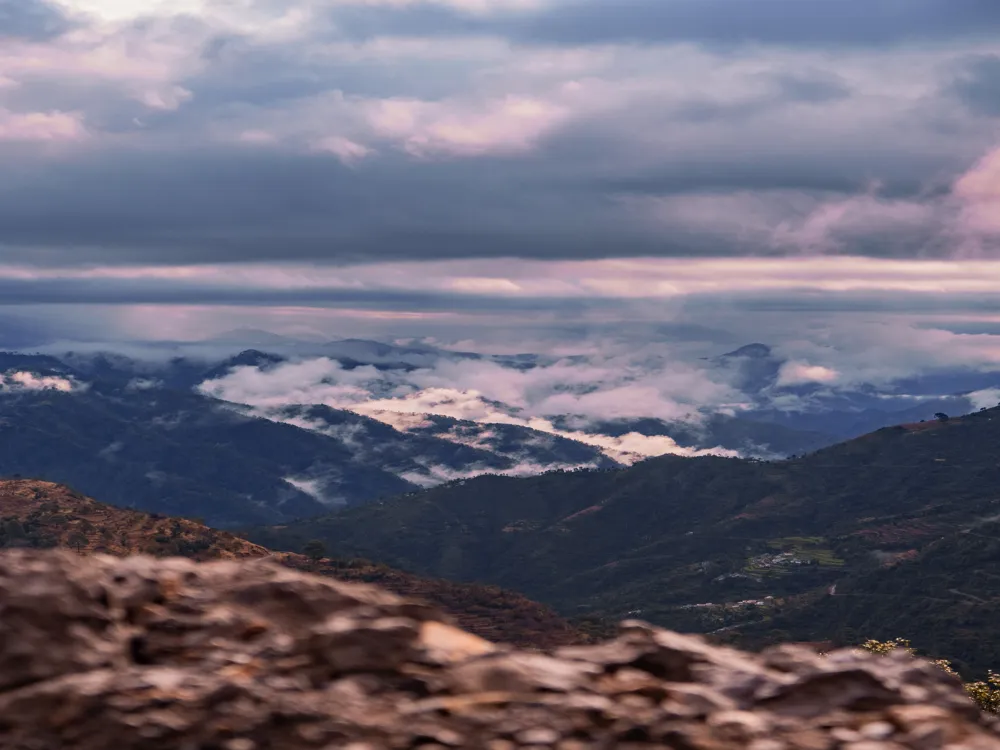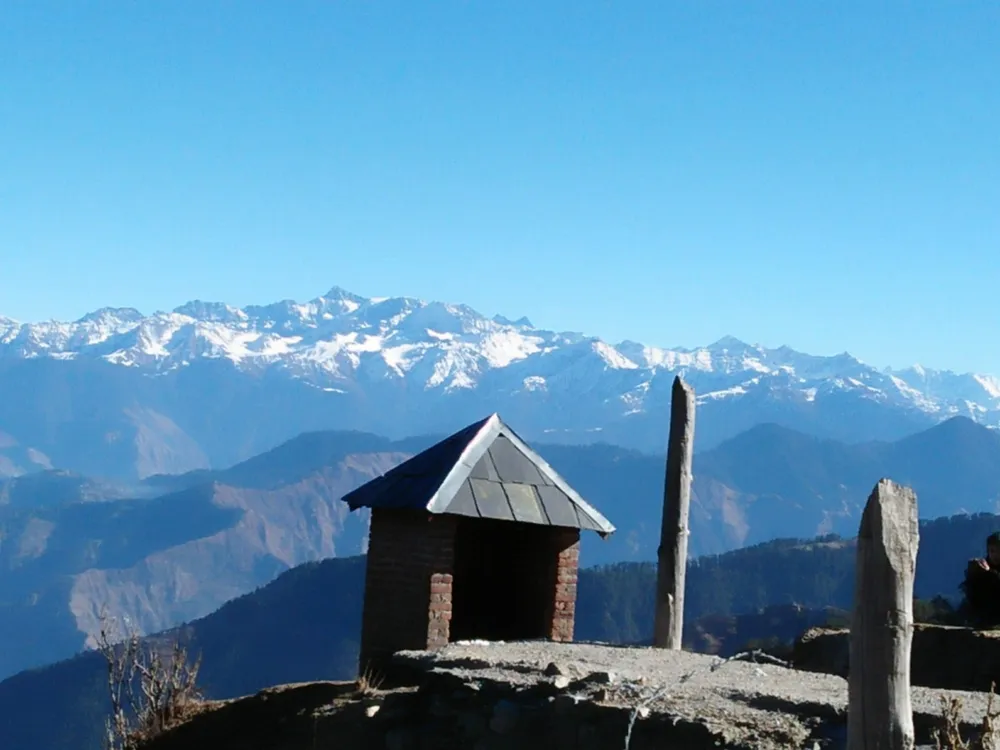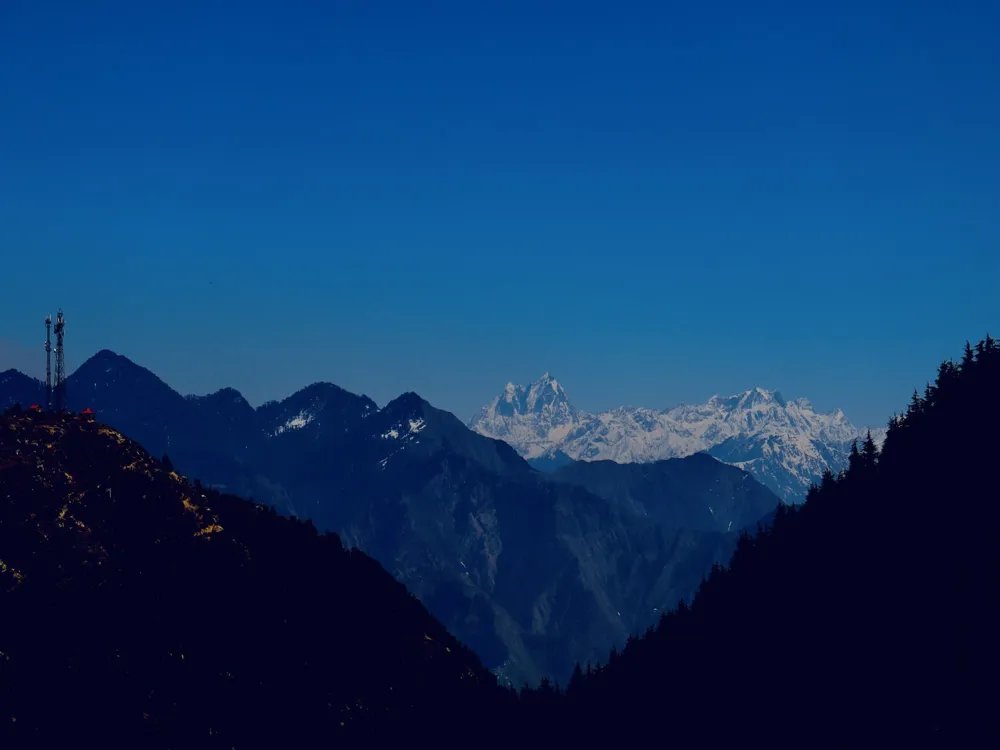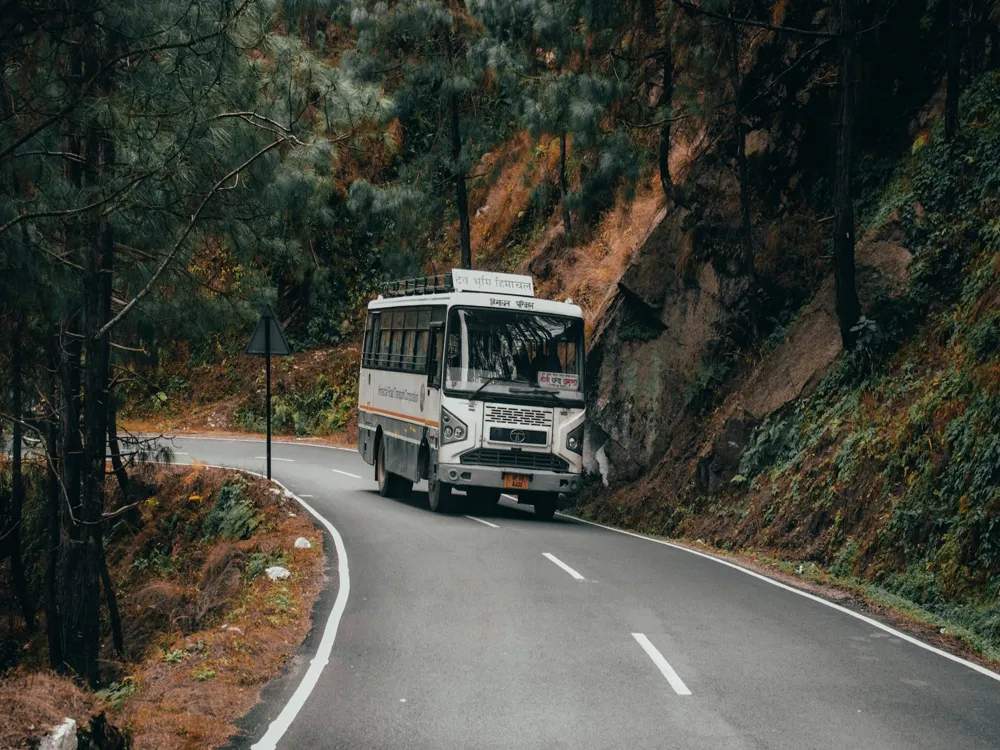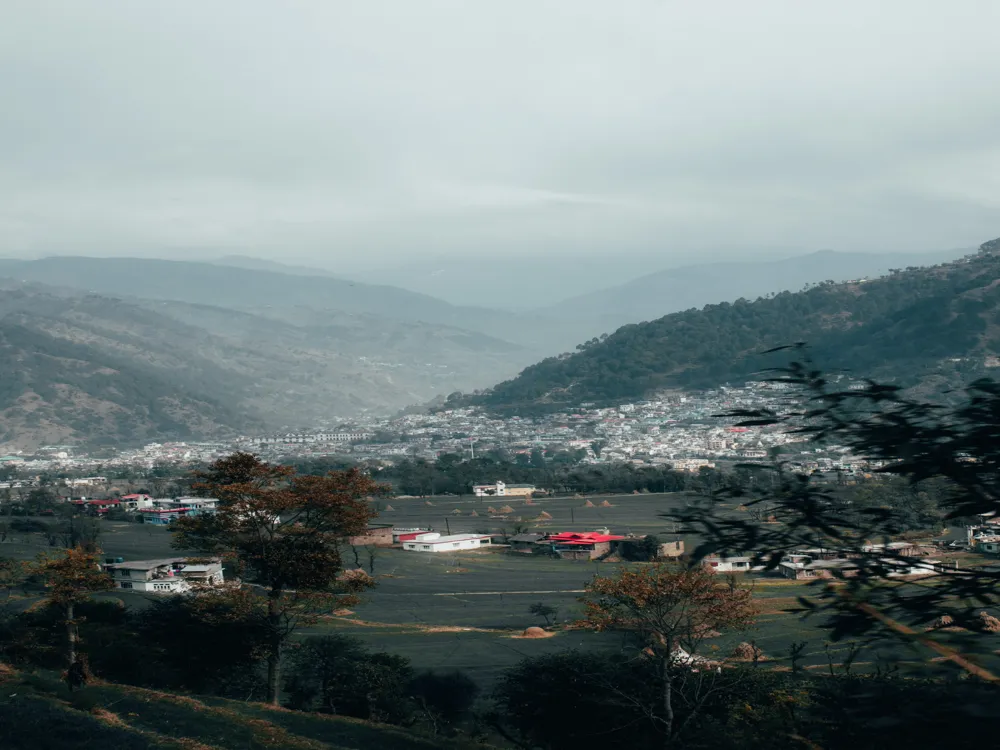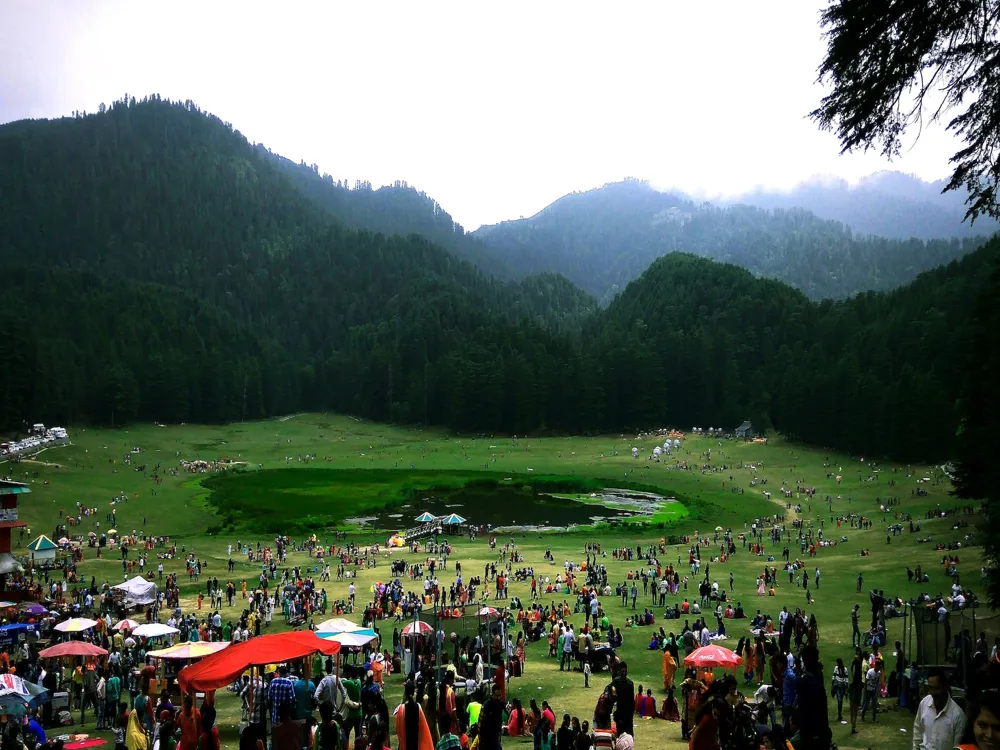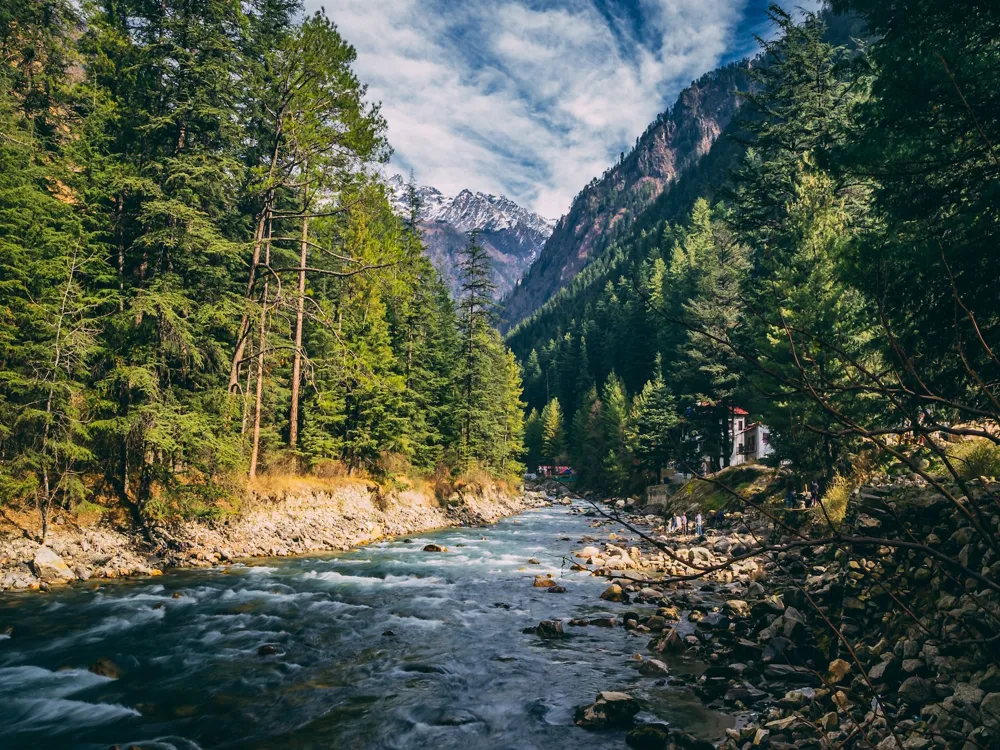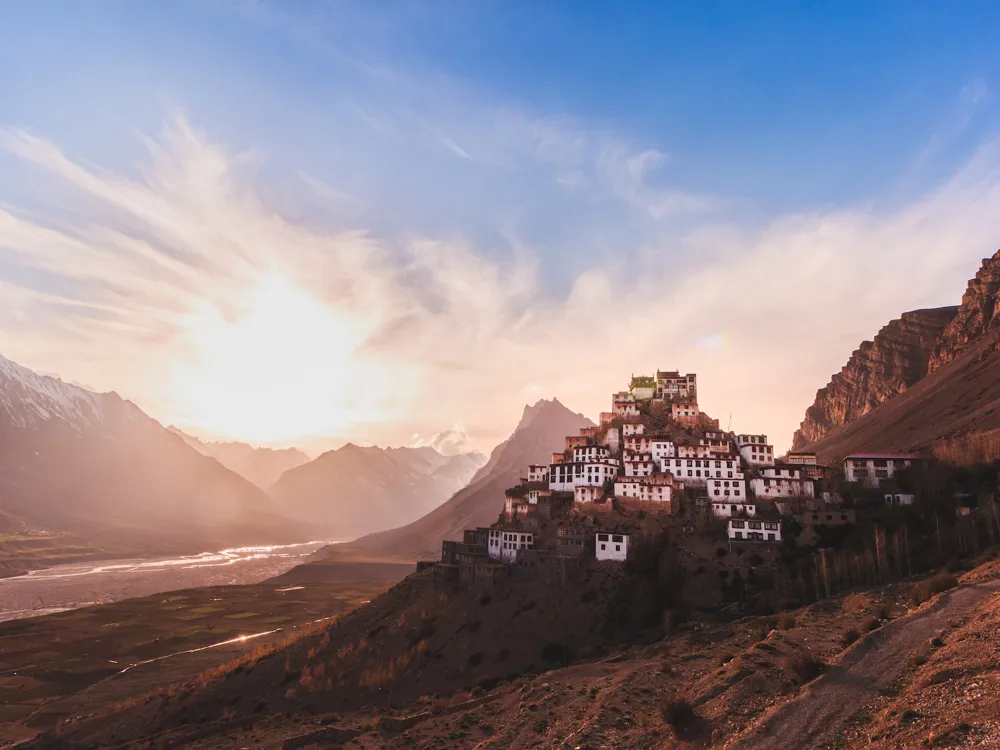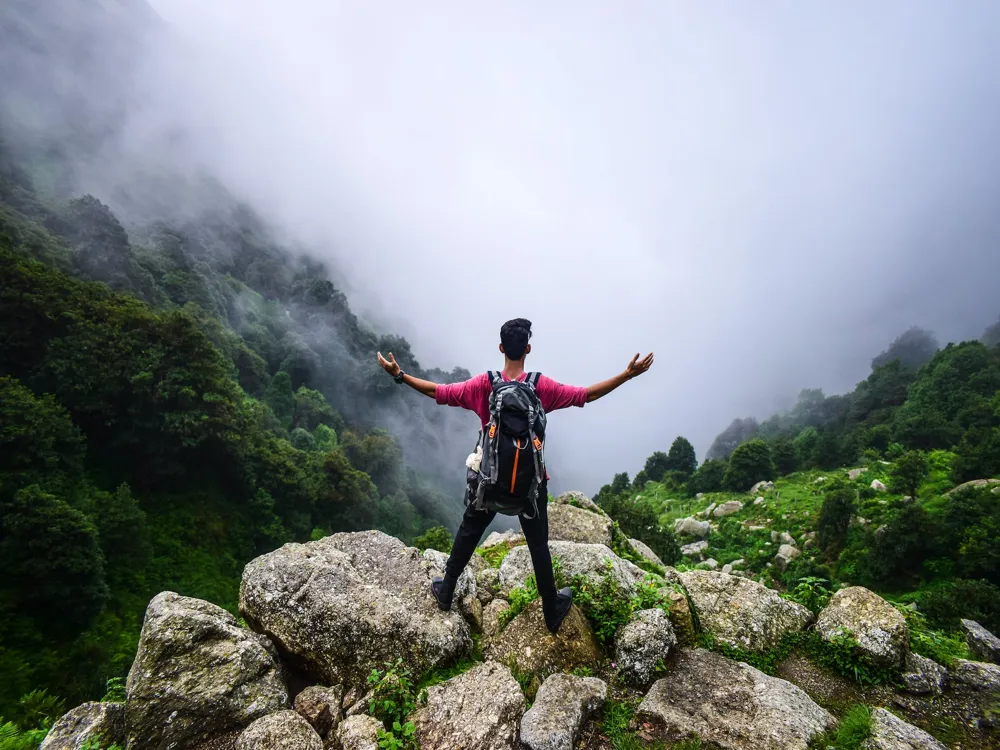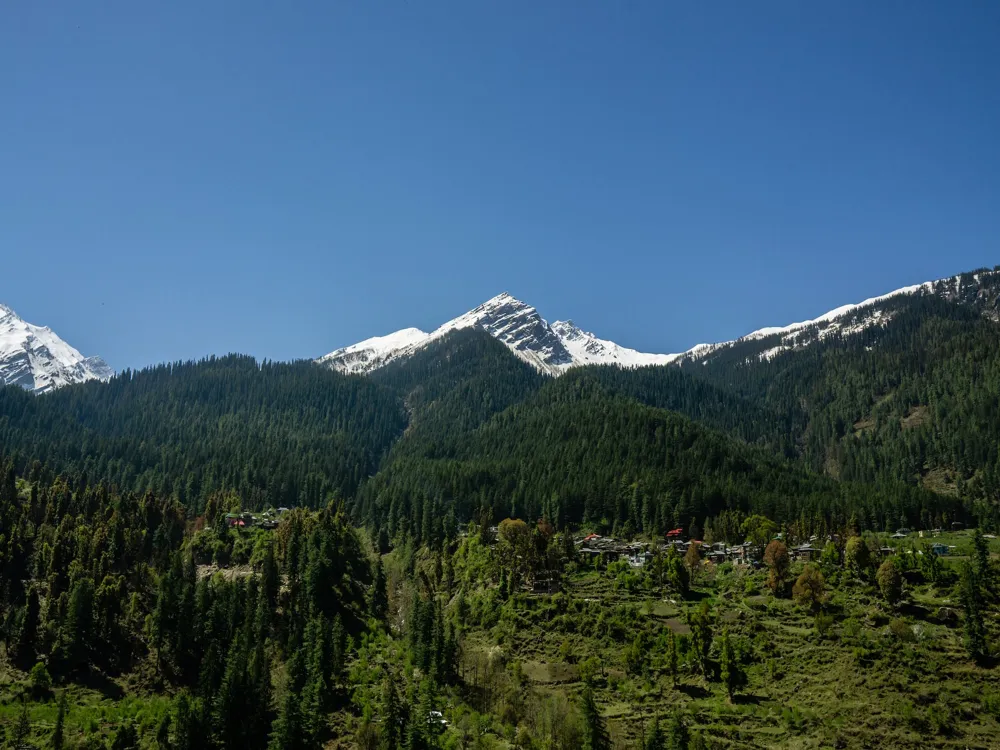Plan Your Travel To Chamba
Places To Visit In Chamba
Himachal Emporium, Rang Mahal
The Himachal Emporium, housed in Raja Umed Singh's Rang Mahal in Surara Mohalla, is the haven of all things handmade.For handicraft connoisseurs, this is one place to not miss. Exquisite shawls and handkerchiefs woven on wooden looms are a treasure to get back home. Do buy the famous pickles of Chamba from the Emporium.
Lakshmi Narayan Temple
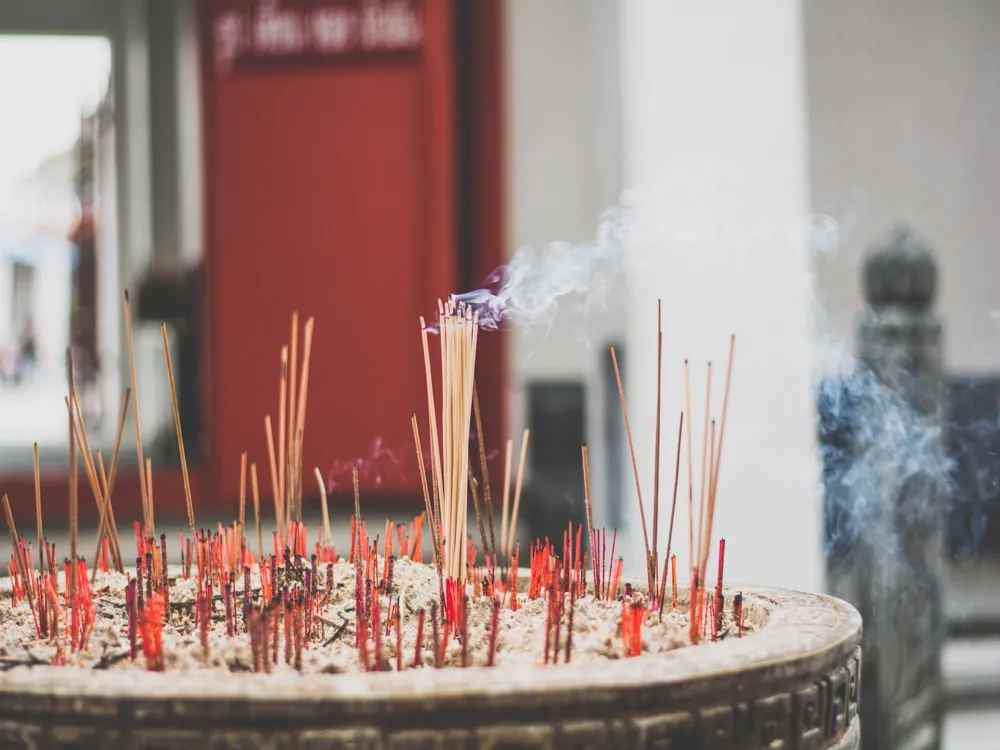
The Lakshmi Narayan Temple is the oldest and largest temple in Chamba, and built in the shape of a Shikhara. It houses six of the most stunning idols of Lord Vishnu and Shiva. The central Vishnu idol is carved out of marble and a sight to behold. Architecture enrds, go figure how the temple has been structured such that its always pleasant inside, irrespective of how the weather is, outside.
Manimahesh Lake
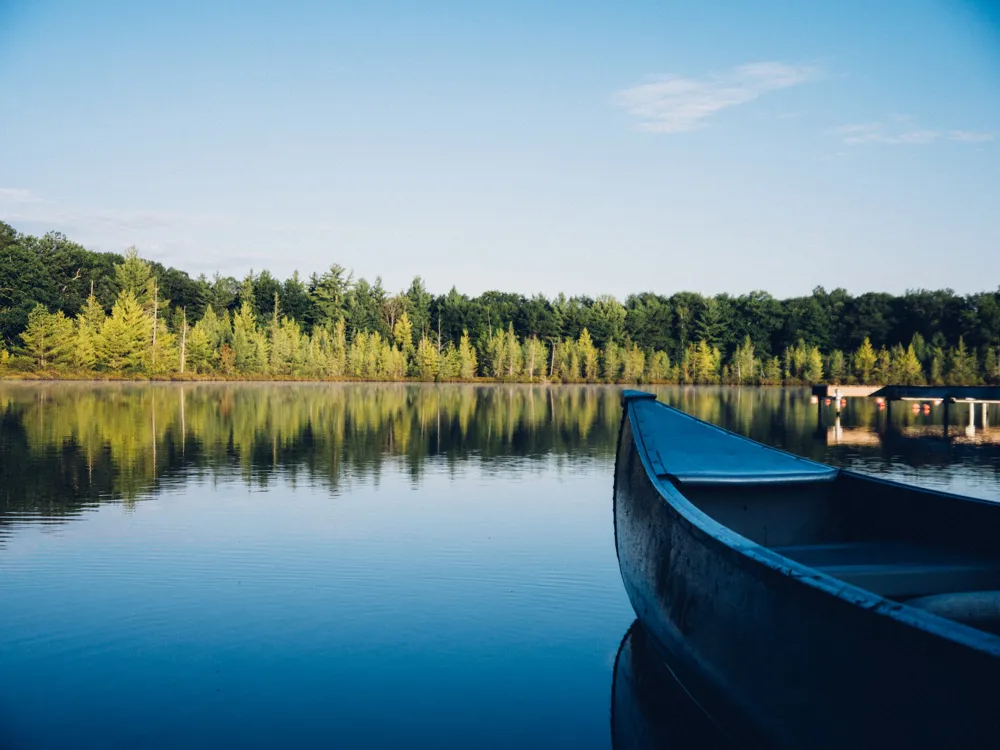
Manimahesh Lake (also known as Dal Lake) is situated in the Pir Panjal Range of the Himalayas, in the Bharmour subdivision of Chamba district of Himachal Pradesh. Nestled at an elevation of 4,080 meters, it is considered only second in significance to the Lake Mansarovar in Tibet. Manimahesh literally means "Shiva's jewels". According to a local legend, on a full moon night, one can see the reflection of this jewel in the magnificent lake.
Most of the year, it remains closed due to the snow. To reach the lake, one has to trek a distance of 13 km through enchanting mountains and greenery. Shaped like a saucer, the Lake is divided into two main parts - the larger part is the Shiv Katori (the bathing place of Lord Shiva), and the lower part is called Gauri Kund (the bathing place for Goddess Parvati).The mighty Lake is situated in proximity to the virgin peak of Manimahesh Kailash Parbat, which is considered to be the holy abode of Lord Shiva. It is said that he created both the landforms as his marital home with Goddess Parvati, and he is believed to be residing here still. There is even a marble image dedicated to the Lord in the periphery that is also called Chaumukha.
Read More
Shopping in Chamba

Chamba shopping scene is popular for handicrafts, the really-in-demand chappals and pickles. Here's where you can find them!
Sui Mata Temple
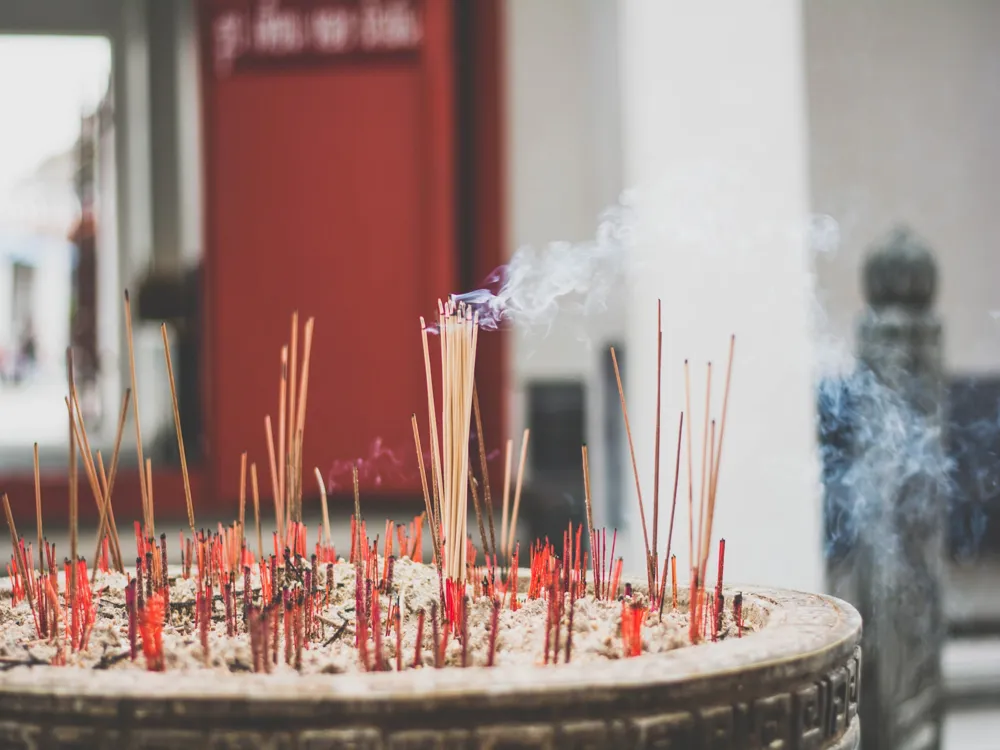
Located in the Saho district in Chamba, Sui Mata Temple was built by King Varman in the memory of his wife Queen Sui who sacrificed her life for her people. Situated on top of the Shah Darbar Hill, the shrine provides a spectacular bird’s eye view of the tiny township below. The temple complex has been divided into three parts which includes the main temple, a channel and a memorial dedicated to Rani Sui Mata. Considered as an epitome of sacrifice, Sui Mata Temple can be reached by alighting a flight of stairs paved along a pathway from the bottom of the base. The interiors have been tastefully done in beautiful paintings depicting the life and times of Sui Mata.
The temple is a local place of worship and is the most crowded at the time of the annual fair which is held in the months of April and May. Little girls and women dress up extravagantly to pay their homage to the sacrifice of Queen Sui. The festival is celebrated with a lot of fervour and zeal.
Read More
Thala Waterfall
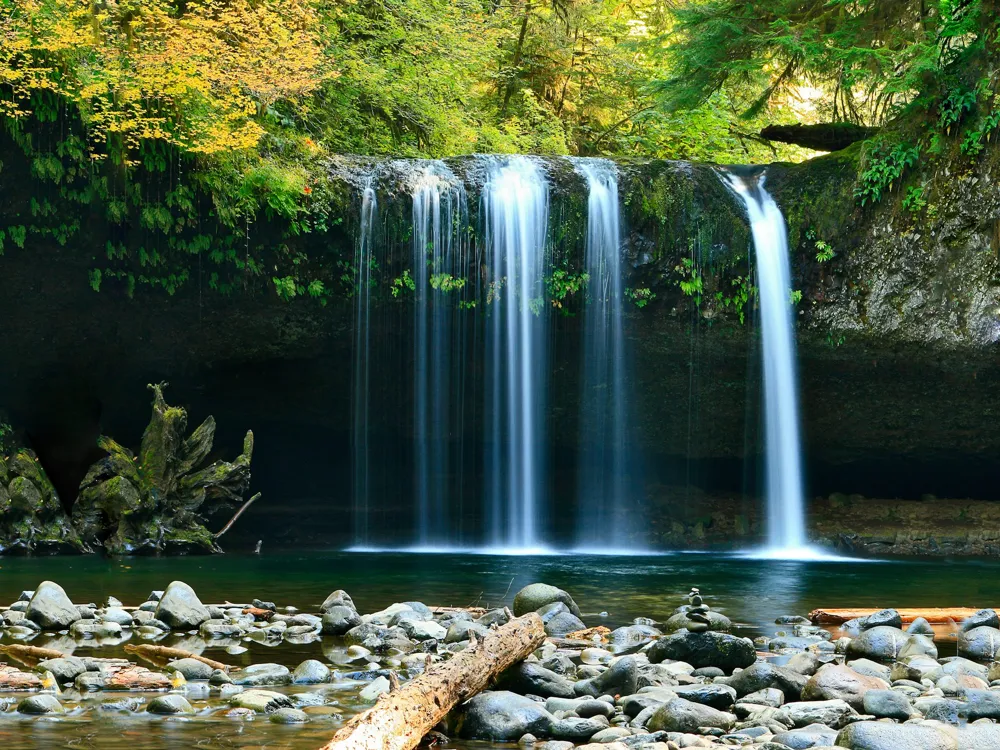
Located at a distance of 9 km from Bharmour near Chamba, Thala Waterfall is a gorgeous perennial waterfall that is a popular tourist spot in the region. The cascading water forms a pool at the base which is a pure visual delight. However, it is advisable not to take a dip at the pond as the water pressure is really high and there are chances that you might get sucked into the bottom.
Surrounded by immense natural beauty, Thala Waterfall is also an ideal place to come and have a quiet picnic. It is situated at a distance of just 100 metres from Thala Bridge and you can easily walk down here.
Read More
Vajreshwari Temple
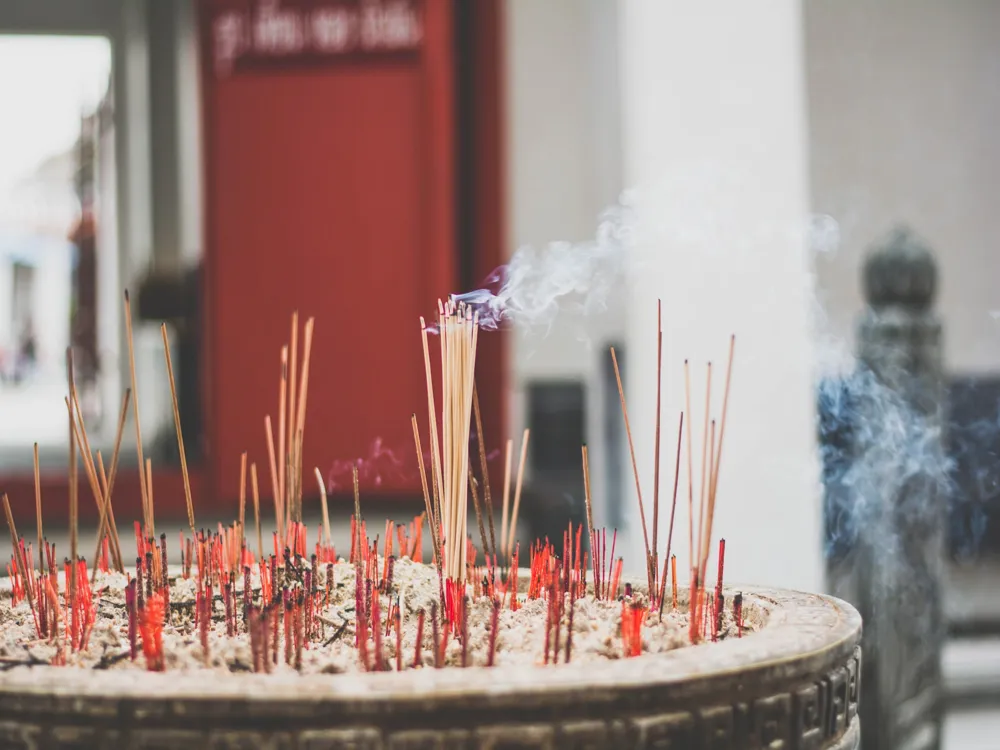
Situated at the end of Jansali Bazaar in Chamba, Vajreshwari Temple is dedicated to the Goddess of lightning popularly known as Goddess Vajreshwari, and is atleast a thousand years old. Goddess Vajreshwari is believed to be a manifestation of Goddess Parvati and she is worshipped here in her pinid form. Built in the traditional Shikhara style of architecture, the shrine is a flawless amalgamation of spectacular carvings, intricate woodwork and delicate stonework. The interior walls have elaborate carvings of different Hindu deities and idols. Also known as Bajreshwari Temple, the magnanimous temple has eighteen tiny inscriptions on the outer walls, and some on the gigantic pillar guarding the entrance. Also, the entrance has a Nagarkhana or a Drum House and is graced with two huge stone lions (symbol for protecting the temple wealth).
The shrine houses a magnificent idol of Goddess Durga seated on a lion along with God Vishnu on the side with three faces- human, boar and lion.The most celebrated time of the year at the temple is the month of March during Amavasya, when a huge fair is held in the honour of Goddess Vajreshwari. The next most grand festival is Navratri, also celebrated in the month of March.
Read More
Chamba Travel Packages
View All Travel Packages Chamba
Nearby Places Chamba
Browse Package Collections
Browse Hotel Collections







